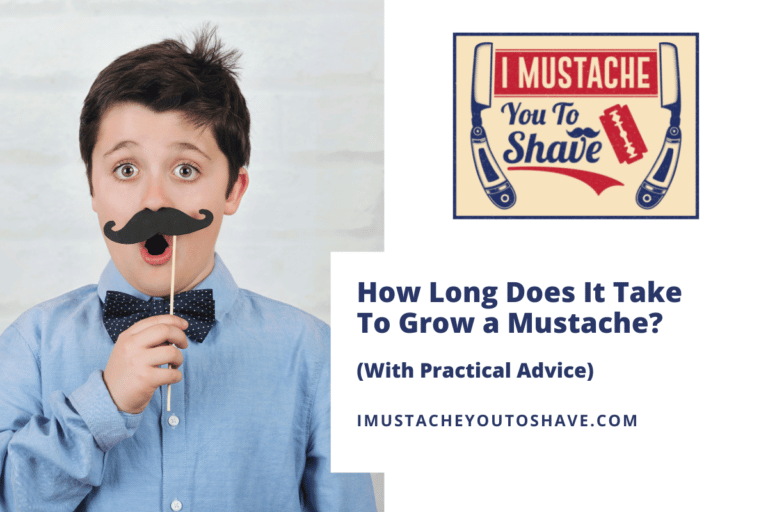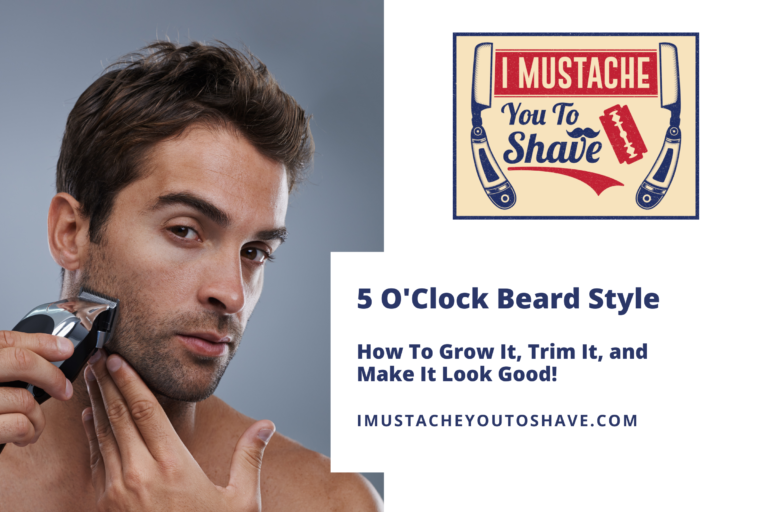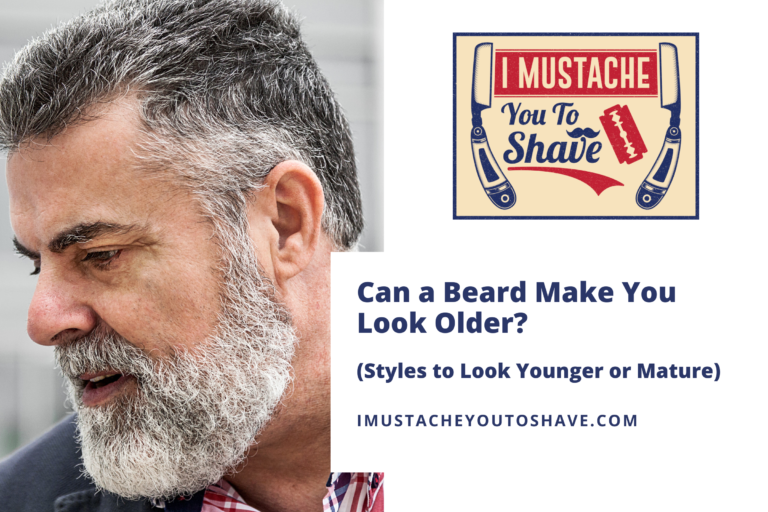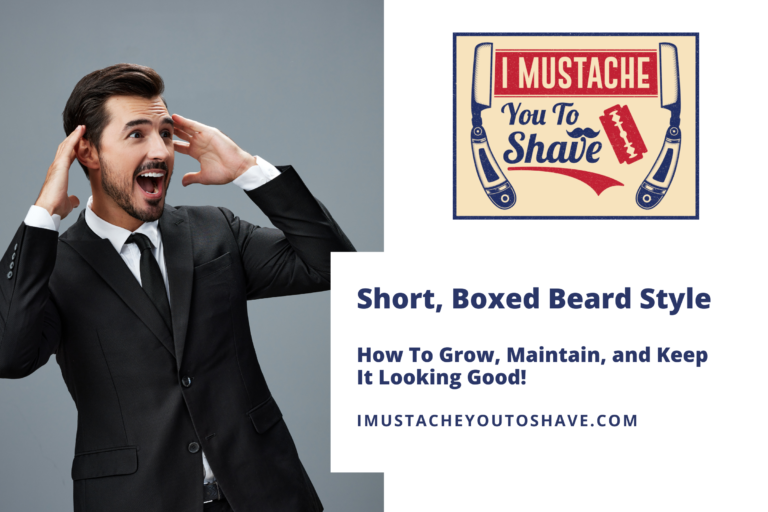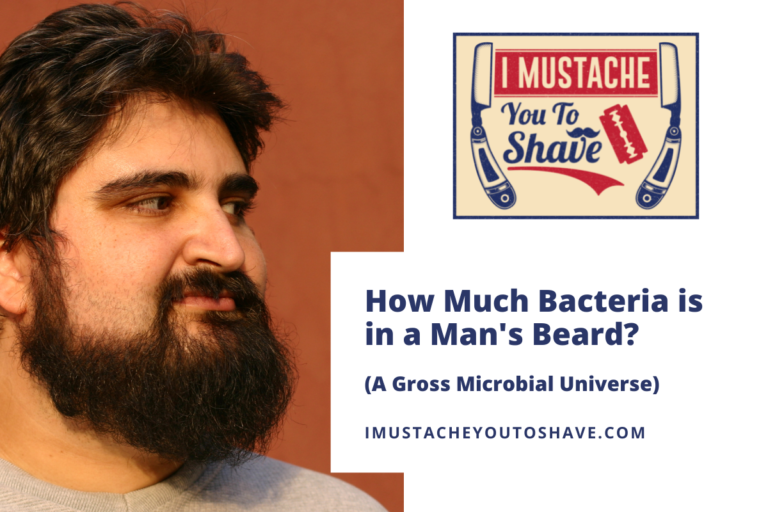Beard Not Connecting To Your Mustache? (5 No-Nonsense Tips)
Although I was blessed (or cursed) with an abundance of facial hair from an early age, I personally know many men that struggle with gaps in their beards, including issues with their beards not connecting to their mustaches. As a result, I’ve spent a lot of time and effort figuring out how to get a beard to connect to a mustache, even with a gap.
If your beard is not connecting to your mustache, you can embrace it and rock a style that incorporates a gap, encourage thickness in your mustache and the rest of your beard to close the gap, or use styling products such as waxes, pomades, and balms to comb your mustache towards your beard and cover the gap.
Keep reading to learn more about why your mustache and beard aren’t connected. I’ll also get into what you can do to grow hair in the gap, and offer some tips for concealing any patches in the meantime.
Why is your beard not connecting to your mustache?
If there’s a gap between your beard and your mustache, it may look a bit off in the mirror. This small gap between your beard and mustache is possibly due to several different factors, but there may be a solution.
Your beard isn’t connecting to your mustache because your:
- Genetics have created gaps or patchiness in your facial hair
- Beard hasn’t grown out long enough
- Style is accentuating the gap instead of minimizing it
- Facial hair is unhealthy and needs a little TLC
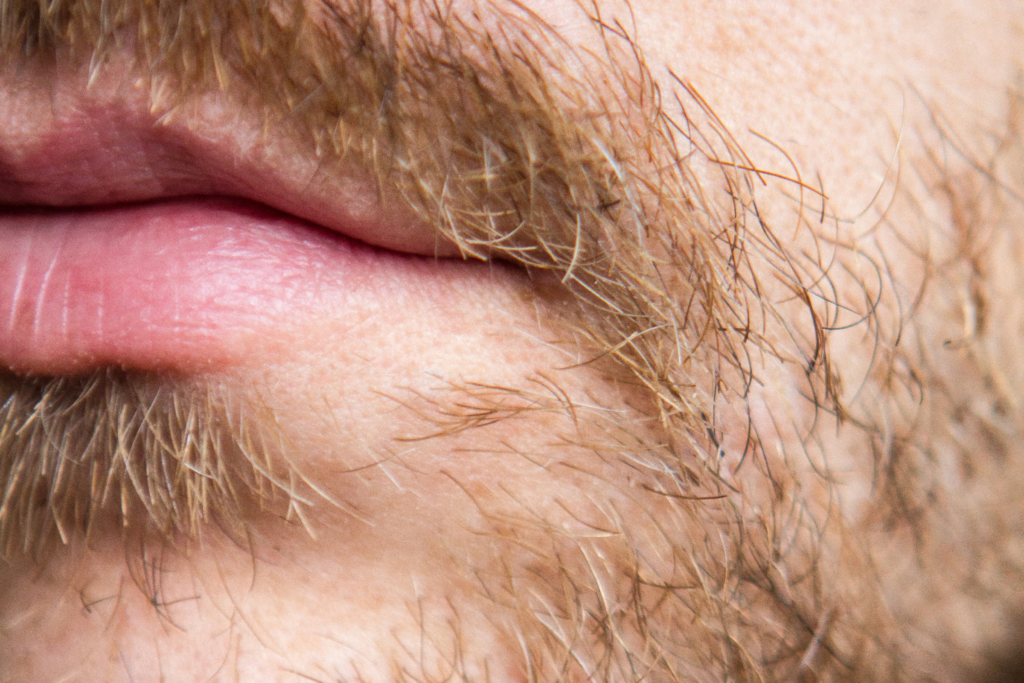
Genetics have created gaps or patchiness in your facial hair
We’re all born with a certain number of hair follicles. Each follicle is independent, and the hairs must go through the four stages of hair growth: anagen, catagen, telogen, and exogen. Your genes affect how quickly each hair progresses through this process.
Facial hair growth is largely determined by genetics. A man’s father and maternal and paternal grandfather can predict beard growth patterns.
A specific gene, Lxh2, has been discovered to regulate hair growth. New findings like these can lead to intervention strategies where hair growth could be turned on and off.
A 2017 study showed that 35% of white/Caucasian males, 35% of black/African American males, 26% of Hispanic American/Latino males, and 10% of Asian males always wear a beard. These trends are affected by the ease of beard growth.
A man’s ethnic background can affect how fast and how thick his beard grows.
Interestingly, the ethnicity with the most hair density is Caucasians, particularly those of Semitic or Mediterranean descent. On the other hand, Asians have the least hair density. These findings are consistent with the study above about men who sport full-time beards.
Even among women, race has been clinically proven to be a larger predictor of facial hair growth than skin pigmentation.

Beard hasn’t grown out long enough
After genetics, I would next point to allow your beard and mustache to grow out longer.
When most guys decide to grow a beard for the first time, myself included, they tend to get impatient with the process and wonder why it doesn’t look perfect after a week or so.
In reality, you should let your beard and mustache grow for at least 4 weeks before you start worrying about trimming, styling, and all the rest. Allowing your beard to grow out fully lets you see the direction of hair growth, how evenly the beard grows, and more.
Once your mustache gets a little length to it, you might find that the gap between your beard and your mustache has been reduced or eliminated completely!
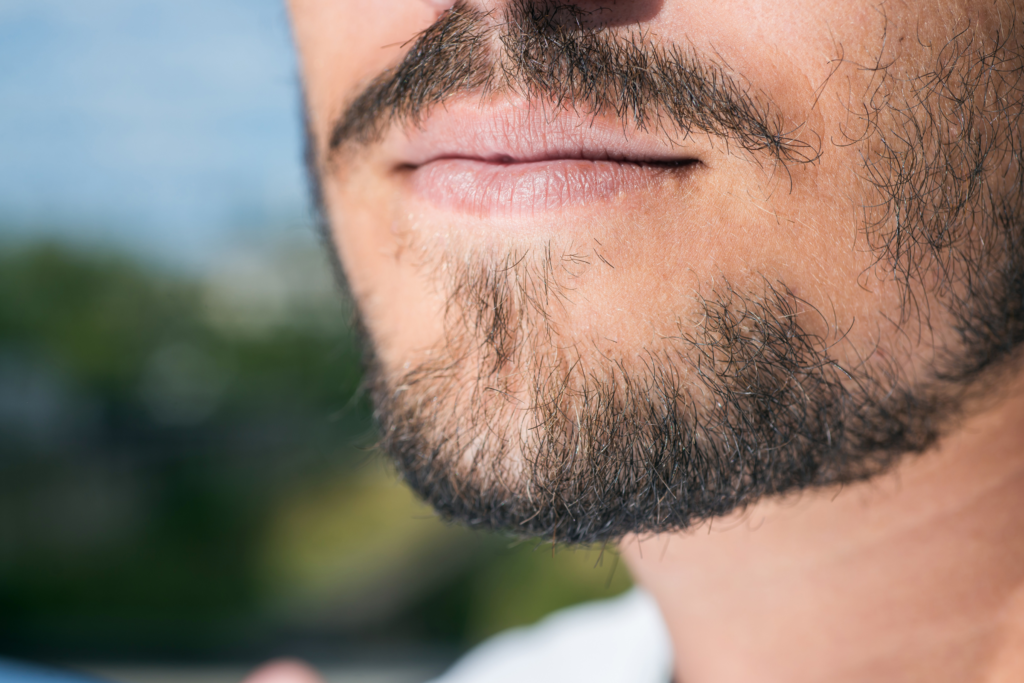
Style is accentuating the gap instead of minimizing it
Another thing to consider, right along with letting your beard grow out, is how you are styling your beard and mustache.
As your facial hair grows, it can grow out in strange directions that don’t exactly look good if left to their own devices. To combat this, you should work to train your mustache and beard by combing it and styling it with a bit of beard balm, beard wax, or other products.
We’ll get into this a bit more in the style section, but for now, just think about your current routine and how it is impacting the gap between your beard and mustache.
Facial hair is unhealthy and needs a little TLC
Just like the rest of your body, your facial hair needs certain things in place to stay healthy and strong.
Certain nutrients such as vitamin E, vitamin D, zinc, and B7 may help your beard growth tremendously.
I’ve seen a huge difference in how healthy my beard looks and how dense my hair is since I’ve taken these vitamins daily.
Another thing is simply keeping up a good beard care routine that involves natural beard shampoos, conditioners, oils, balms, and waxes. Keeping your beard trimmed and maintained goes a long way to improving the overall look and feel of your beard!
Can minoxidil help connect your mustache to your beard?
Minoxidil is a great product to apply in areas where you’d like hair to grow back. There are studies that show this to be true, even for facial hair areas. However, if you decide to use minoxidil in your beard area, it’s important to proceed with caution
Using a 5% minoxidil in the bald areas 1-2 times per day and keeping it on there for about 4 hours may provide the best results. It’s important to be careful with applying minoxidil in these areas as your skin may react negatively.
While Rogaine is the most well-known brand for minoxidil, the Kirkland Signature and Equate versions contain the same basic ingredients and will function similarly.
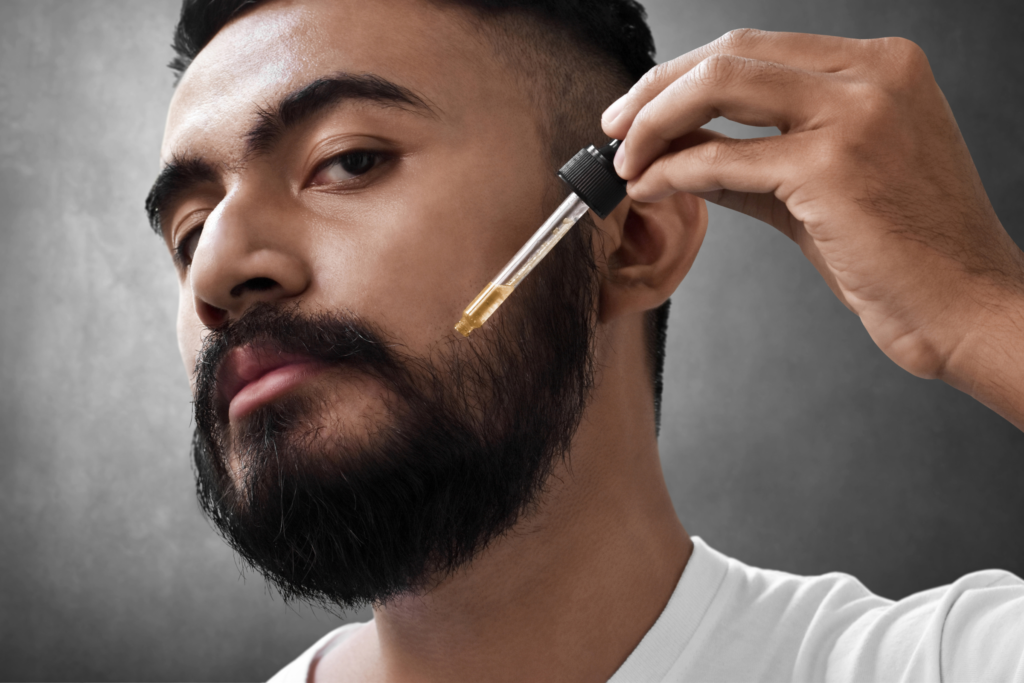
How to connect your mustache to your beard
If you aren’t happy with your mustache not connecting to your beard, then there may be some grooming and styling fixes you can try. Pairing this with a beard nutrient supplement may help grow a longer and denser beard.
If you have a gap between your mustache and beard, then you can try some methods of hiding or covering it up:
- Don’t hide it – rock it!
- Encourage beard and mustache thickness
- Comb your mustache towards your beard
- Use a wax, pomade, or balm to style it
- Try a non-connecting beard style
Don’t hide it – rock it!
Having a gap between your beard and mustache is nothing to be ashamed of and can be quite stylish. There are many styles of beards that have the same feature.
Let your beard grow out naturally for as long as possible without trimming it or doing anything other than maybe using a pair of beard scissors to clip scraggly hairs. Allow the beard to grow for at least 4 weeks before messing with it!
This allows ample time for you to see what it truly looks like when grown out. At this point, you can learn how to trim a beard that doesn’t connect to your mustache because you’ll have something to trim!
If you are also having trouble with a beard not connecting to your chin or your beard not connecting to sideburns, this strategy also helps – longer hair always helps!
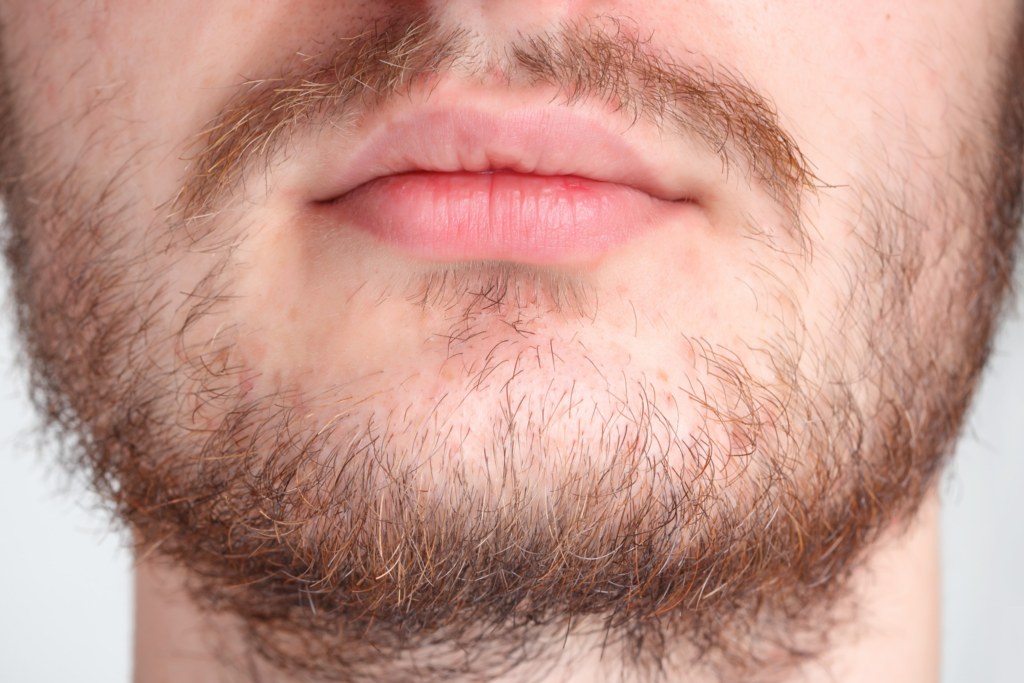
Encourage beard and mustache thickness
If you are not seeing any growth in the moustache and the cheek area, don’t worry too much. Usually, the solution is time!
A simple way to encourage mustache thickness is not to trim your beard for a while, especially underneath your chin bone. Letting this ‘base hair’ grow out a little will push up the rest of your beard and give it a fuller, healthier look.
This will help encourage the healthy growth of facial hair and possibly make it thicker.
Comb your mustache toward your beard
Combing or brushing your mustache straight down every day is also a simple way of encouraging mustache thickness.
It helps the hair pattern grow properly by removing weird bends or curves that will happen naturally without daily combing or brushing.
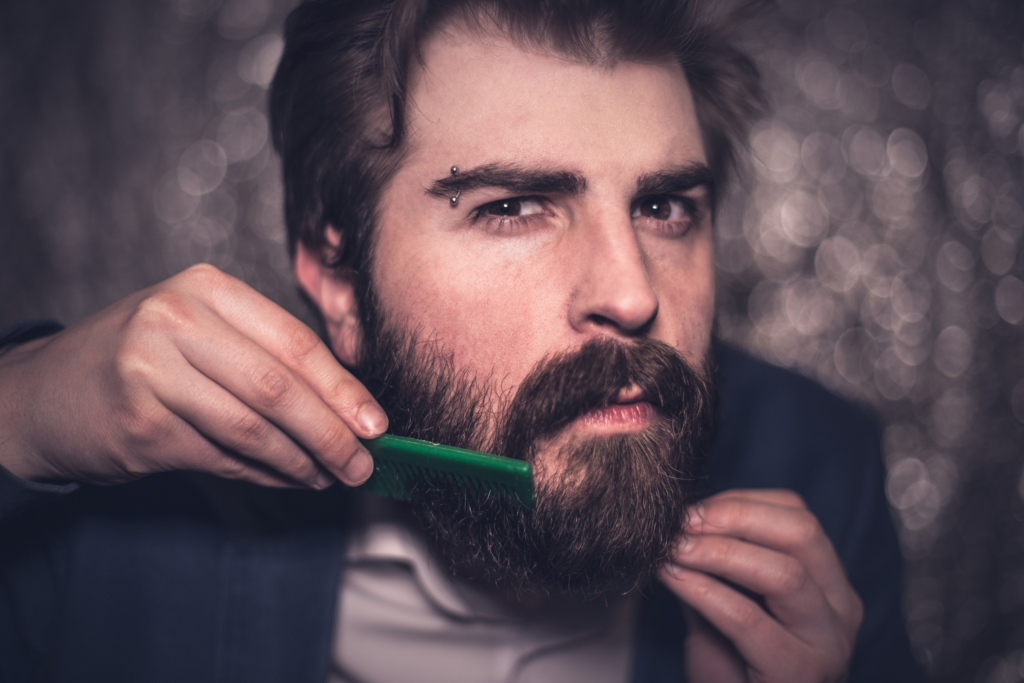
Use a wax, pomade, or balm to style it
If you want to grow a true long mustache, getting some mustache wax, pomade, or a balm is a great tool.
Pairing these with a new foundation of daily combing or brushing downwards will help train your mustache to grow thicker and look healthier.
Try a non-connecting beard style
Lastly, if you want to try rocking it, then you can choose from some of the non-connecting beard styles below.
Look at some celebrities and such to find some styles that look good to you. You can use these styles as inspiration to figure out a look that you’re happy with.
Non-connecting beard styles
There are some amazing beard styles of people who have a gap between their mustache and beard no matter how prominent it is. In this section, we will look at some celebrities and famous people who are rocking the mustache and beard gap.
Johnny Depp
Johnny Depp does an amazing job of pulling off the mustache and beard gap, which is quite large. This is called the ‘Van Dyke’ style, and I think it looks quite nice on him.

Keanu Reeves
Keanu’s mustache and beard gap is a bit smaller than others, but his hair is also quite thin in the area. It still looks great!

LeBron James
LeBron takes the Van Dyke style to a whole new level and keeps the mustache thin and defined while the beard is bushy and prominent.

Ludacris
Ludacris looks awesome with a very large gap between his mustache and beard. It looks like he decided to shave the whole gap.
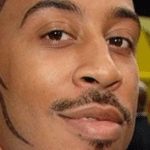
Robert Downey Jr.
Robert Downey Jr. is known for wearing this type of beard style. He keeps it clean and well-defined.

Orlando Bloom
Orlando Bloom adopts the Van Dyke style with his look. This is my favorite look for someone who has a gap between their mustache and beard, no matter how large it is.

Zac Efron
I like this one because Zac Efron isn’t necessarily adopting the Van Dyke style and is keeping the whole beard except for the gap. I think many men who have the gap could pull off this style.



